How Much Does a 30x40 Metal Building with a Concrete Slab Cost?
A 30×40 metal building with a concrete slab (1,200 sq ft) typically costs between $89,400 and $183,600, translating to $75 to $153 per square foot. This total cost includes the metal building kit, concrete slab, labor, site preparation, and basic finishes. Lower-end costs cover standard materials and basic designs, while higher-end costs include premium materials, customized features, and additional insulation. Factors affecting the cost per square foot include location, complexity of the design, quality of materials, and local labor rates. Proper planning and budgeting for unforeseen expenses are crucial to ensure the project stays within the estimated cost range.
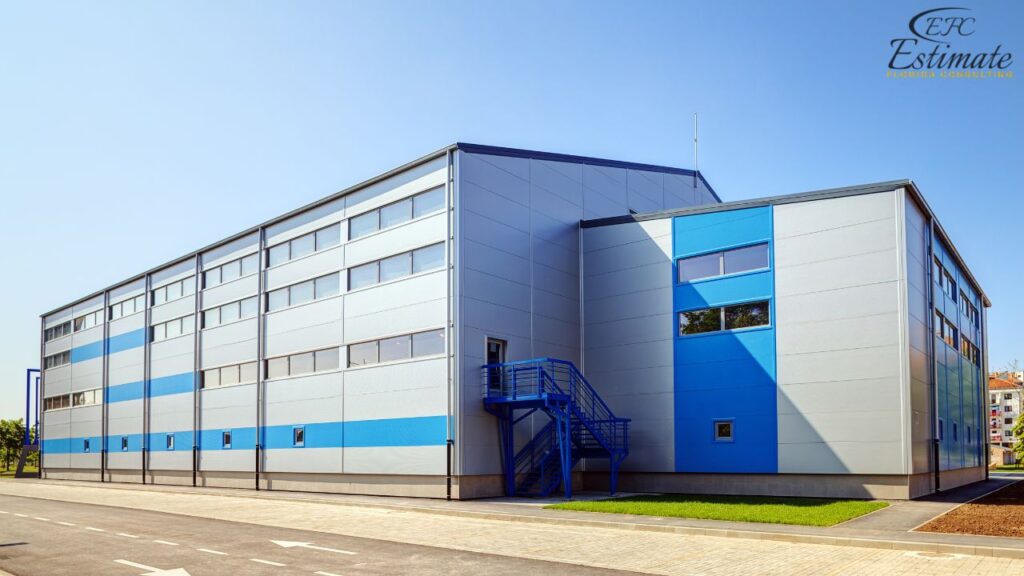
Cost Breakdown for a 30x40 Metal Building with a Concrete Slab
Materials
The cost of materials for a 30×40 metal building can vary based on the quality and type of materials chosen. Here’s a breakdown of the typical costs:
Material | Estimated Cost per Sq Ft (in dollars) | Total Cost for 1,200 Sq Ft (in dollars) |
Metal Building Kit | $15 – $30 | $18,000 – $36,000 |
Concrete Slab | $6 – $12 | $7,200 – $14,400 |
Insulation | $1 – $2 | $1,200 – $2,400 |
Doors and Windows | $1 – $5 | $1,200 – $6,000 |
Metal Building Kit
The metal building kit includes the steel frame, roofing, and siding materials. The cost depends on the type and gauge of steel used, as well as the complexity of the design. A robust metal building kit ensures the building’s durability and resistance to environmental factors. Additionally, high-quality steel frames allow for larger open spaces and flexible interior layouts, enhancing the building’s functionality. Choosing a reputable manufacturer for the metal building kit can also guarantee better quality and reliability. Investing in a high-quality metal building kit can also mean fewer structural issues in the long run, leading to lower maintenance costs.
Concrete Slab
The concrete slab provides a strong and stable foundation for the metal building. The cost depends on the thickness and quality of the concrete used, as well as the complexity of the site preparation. A properly installed concrete slab ensures the building’s stability and prevents issues like settling or shifting. Investing in a quality concrete slab can help prevent future maintenance issues and adds to the overall lifespan of the building. Properly designed and constructed concrete slabs can also enhance the building’s resistance to environmental factors such as soil erosion and moisture infiltration.
Insulation
Insulation is crucial for maintaining temperature control within the building, reducing energy costs, and providing a comfortable interior environment. The type and thickness of insulation can affect the cost. Proper insulation can lead to significant savings on heating and cooling expenses. Additionally, good insulation helps maintain indoor air quality and noise reduction, creating a more pleasant working environment. Investing in high-quality insulation materials can also increase the building’s energy efficiency, making it more environmentally friendly and potentially qualifying for energy efficiency rebates and incentives. High-grade insulation can also contribute to the building’s overall structural integrity by protecting against moisture build-up and related issues.
Doors and Windows
Doors and windows are essential for access, ventilation, and natural light. The cost depends on the type and quality of doors and windows installed. Energy-efficient windows and doors can improve the building’s insulation, reduce energy costs, and enhance security. High-quality options also contribute to the overall aesthetic of the building, adding to its value and comfort. Additionally, well-designed windows and doors can improve the building’s ventilation and natural lighting, creating a healthier and more productive indoor environment. Investing in advanced security features for doors and windows can also increase the safety of the building, adding another layer of protection.
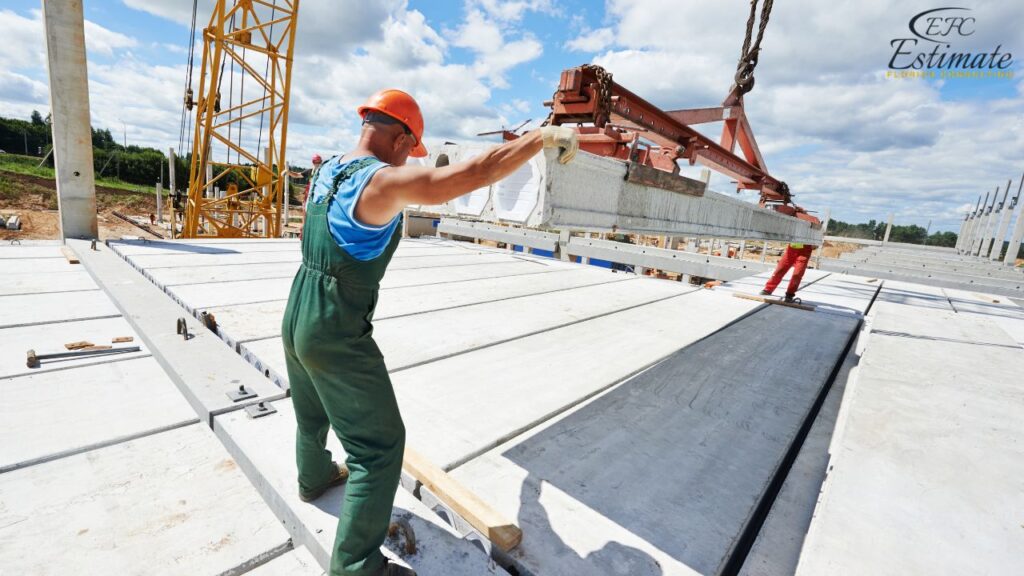
Labor Costs
Labor costs are a significant part of the overall construction budget. Here’s an estimate:
Labor Task | Estimated Cost per Sq Ft (in dollars) | Total Cost for 1,200 Sq Ft (in dollars) |
Site Preparation and Excavation | $2 – $5 | $2,400 – $6,000 |
Concrete Slab Installation | $4 – $8 | $4,800 – $9,600 |
Steel Erection | $5 – $10 | $6,000 – $12,000 |
Roofing Installation | $3 – $6 | $3,600 – $7,200 |
Siding Installation | $3 – $6 | $3,600 – $7,200 |
Doors and Windows Installation | $2 – $5 | $2,400 – $6,000 |
Electrical and Plumbing | $8 – $15 | $9,600 – $18,000 |
Insulation Installation | $2 – $4 | $2,400 – $4,800 |
Interior Finishing (if any) | $5 – $10 | $6,000 – $12,000 |
Site Preparation and Excavation
Site preparation includes clearing the land, leveling, and excavation work necessary for the foundation. Proper site prep is crucial to avoid future structural issues. It also helps manage drainage and soil stability, ensuring a solid base for your building. This step can also involve grading the land to direct water away from the building, preventing potential water damage and ensuring a stable foundation. Proper site preparation lays the groundwork for a smooth construction process and a durable finished structure. Effective site preparation also includes soil testing and environmental assessments to address any potential issues before construction begins.
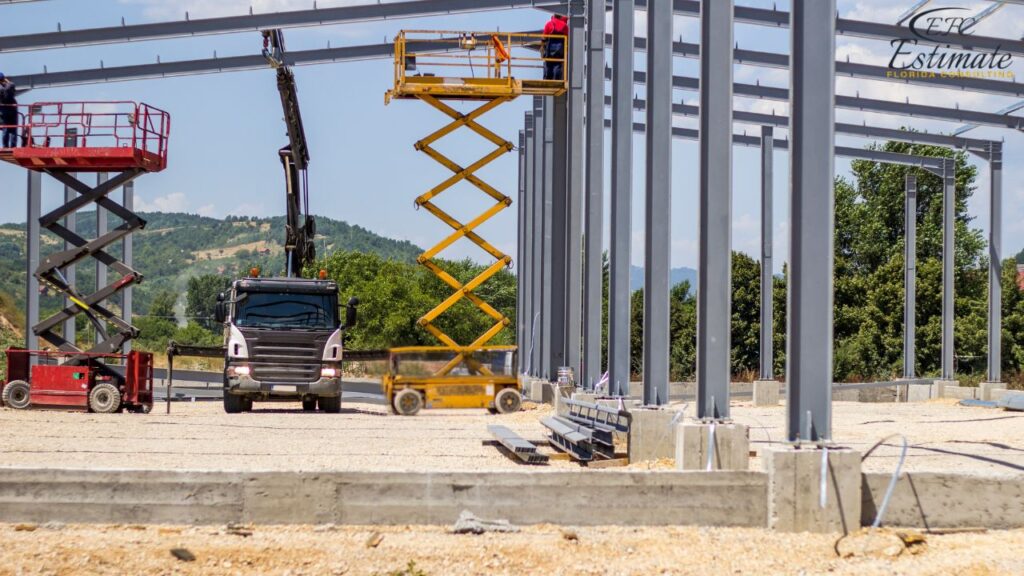
Ensuring that the site is properly prepared can reduce the likelihood of future structural problems and maintenance costs.
Concrete Slab Installation
Installing the concrete slab involves pouring and finishing the concrete to create a strong and stable foundation. The cost depends on the thickness and quality of the concrete used, as well as the complexity of the site preparation. A properly installed concrete slab ensures the building’s stability and prevents issues like settling or shifting. Investing in a quality concrete slab can help prevent future maintenance issues and adds to the overall lifespan of the building. Properly designed and constructed concrete slabs can also enhance the building’s resistance to environmental factors such as soil erosion and moisture infiltration.
Steel Erection
Erecting the steel frame requires skilled labor and specialized equipment. This task involves assembling the steel components and securing them in place. Proper steel erection is critical for the structural integrity of the building. Skilled labor ensures the steel frame is correctly aligned and securely fastened, providing a solid and reliable structure. Properly erected steel frames contribute to the building’s safety, stability, and overall performance, supporting long-term use. Efficient steel erection processes can also reduce construction time, further minimizing labor costs. The precision of steel erection also ensures that the building meets design specifications, preventing future structural issues.
Roofing Installation
Roofing installation includes placing roof panels, insulation, and any additional features like skylights or ventilation systems. Quality roofing protects your building from weather damage and helps maintain a controlled internal environment. A well-installed roof not only enhances the building’s appearance but also improves energy efficiency and prevents potential issues like leaks and water damage. Investing in quality roofing materials and skilled installation ensures a long-lasting and effective roof system, reducing the need for frequent repairs. Advanced roofing options, such as solar panels, can also be integrated to enhance energy efficiency and sustainability. Properly installed roofing can also improve indoor air quality by preventing moisture buildup and mold growth.
Siding Installation
Siding installation covers the exterior walls, providing protection and curb appeal. Durable siding materials improve the building’s longevity and reduce maintenance needs. Quality siding also enhances the building’s insulation properties, contributing to energy efficiency and a comfortable working environment. Additionally, choosing the right siding can significantly boost the building’s aesthetic appeal, making it more attractive to potential users. Proper siding installation ensures long-term protection against environmental elements, reducing wear and tear. Selecting high-quality, low-maintenance siding materials can further reduce long-term upkeep costs. Siding that is resistant to UV rays and weather conditions can maintain its appearance and functionality for many years.
Doors and Windows Installation
Windows and doors installation is crucial for access, ventilation, and natural light. Energy-efficient options improve insulation, security, and overall comfort. High-quality windows and doors also add to the building’s aesthetic value and can enhance the living or working experience by providing better views, improved airflow, and increased natural light. Proper installation ensures that these elements function correctly and contribute to the building’s overall efficiency and security. Well-installed doors and windows can also enhance the building’s security features, providing peace of mind for occupants. Incorporating advanced locking systems and security features can further increase safety. Customizing windows and doors to match the building’s architectural style can also enhance its overall appearance.
90% More Chances to Win Projects With Our Estimate!
- Multi-Family Building
- Hotel Building
- Hospital Building
- Warehouse Building
- School & University Building
- High-Rise Building
- Shopping Complex
- Data Center Building
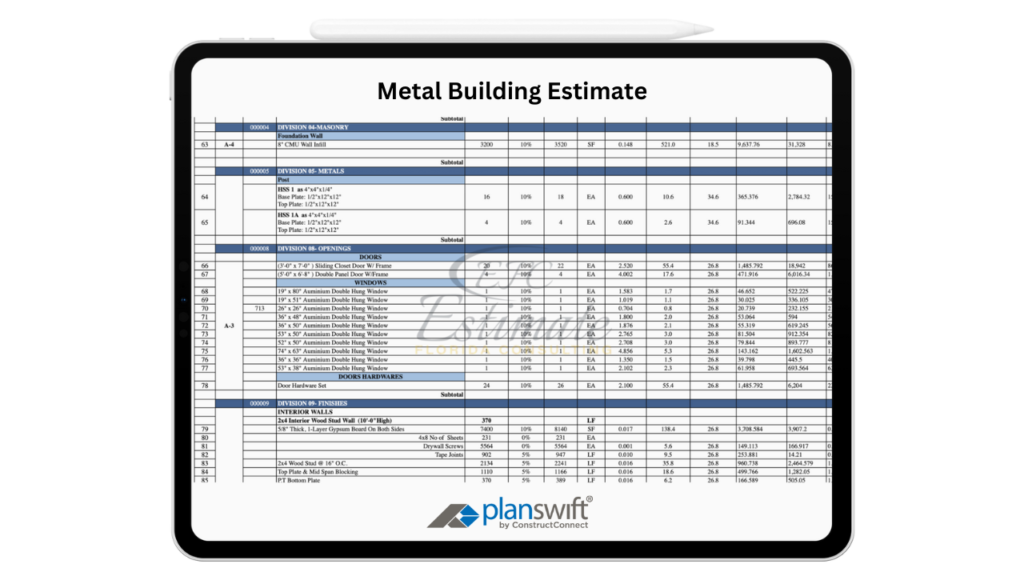
Electrical and Plumbing
Installing electrical and plumbing systems involves running the necessary wiring and pipes, setting up lighting, HVAC systems, and ensuring proper drainage and water supply. These systems are vital for the building’s functionality and safety. Properly installed electrical and plumbing systems ensure reliable and safe operation, reducing the risk of malfunctions and the need for future repairs. High-quality installation can also enhance the building’s energy efficiency and water conservation, lowering utility bills. Ensuring compliance with local codes and standards during installation is essential for safety and regulatory approval. Incorporating smart building technologies can also improve efficiency and monitoring. Proper electrical and plumbing systems also enhance the building’s overall functionality and occupant comfort.
Insulation Installation
Insulation installation is critical for maintaining temperature control within the building, reducing energy costs, and providing a comfortable interior environment. Proper insulation can lead to significant savings on heating and cooling expenses. Additionally, good insulation helps maintain indoor air quality and noise reduction, creating a more pleasant working environment. Investing in high-quality insulation materials can also increase the building’s energy efficiency, making it more environmentally friendly and potentially qualifying for energy efficiency rebates and incentives. Properly installed insulation enhances the overall performance and comfort of the building. Advanced insulation techniques, such as spray foam, can offer superior thermal performance. Insulation that also acts as a sound barrier can improve the acoustic environment within the building.
Interior Finishing (if any)
Interior finishing includes tasks like painting, installing flooring, and adding interior walls and fixtures. These costs can vary widely depending on the intended use of the building. High-quality interior finishes can enhance the building’s functionality, comfort, and aesthetic appeal. Proper interior finishing ensures that the building meets your specific needs and preferences. Investing in quality finishes and professional installation adds value and creates a more inviting and usable space for occupants. Customizing interior spaces to meet specific operational needs can improve efficiency and productivity. Additionally, incorporating sustainable and eco-friendly materials can further enhance the building’s environmental performance. High-quality finishes also contribute to a professional and appealing interior environment, which can enhance the building’s overall marketability.
Additional Costs
Additional costs can include permits, inspections, and site improvements. Here’s an estimate:
Additional Component | Estimated Cost (in dollars) |
Permits and Inspections | $3,000 – $6,000 |
Site Utilities (Water, Sewer, etc.) | $6,000 – $12,000 |
Site Improvements (Landscaping, Paving, etc.) | $9,000 – $18,000 |
Miscellaneous Expenses | $3,000 – $6,000 |
Permits and Inspections
Obtaining the necessary permits and passing inspections are crucial steps in the construction process. These ensure that your building complies with local building codes and regulations. Permit and inspection fees can vary by location, but they are essential for legal compliance and safety assurance. Proper documentation and approval processes help avoid legal issues and ensure the building meets all safety and quality standards. Permits and inspections provide a safeguard for the project’s integrity and legal standing. Ensuring all required permits are in place before construction begins can prevent costly delays and legal issues. Working with experienced professionals can help navigate the permitting process efficiently.
Site Utilities
Installing site utilities, such as water, sewer, and electrical connections, is necessary for the building’s functionality. The cost depends on the distance to existing utility lines and the complexity of the installation. Proper utility connections are essential for daily operations and overall efficiency. High-quality utility installations ensure reliable service and reduce the risk of disruptions. Ensuring proper utility connections also contributes to the building’s compliance with health and safety standards. Planning for future utility needs and potential expansions can optimize long-term operational efficiency. Advanced utility installations, such as smart meters and energy management systems, can further enhance operational efficiency.
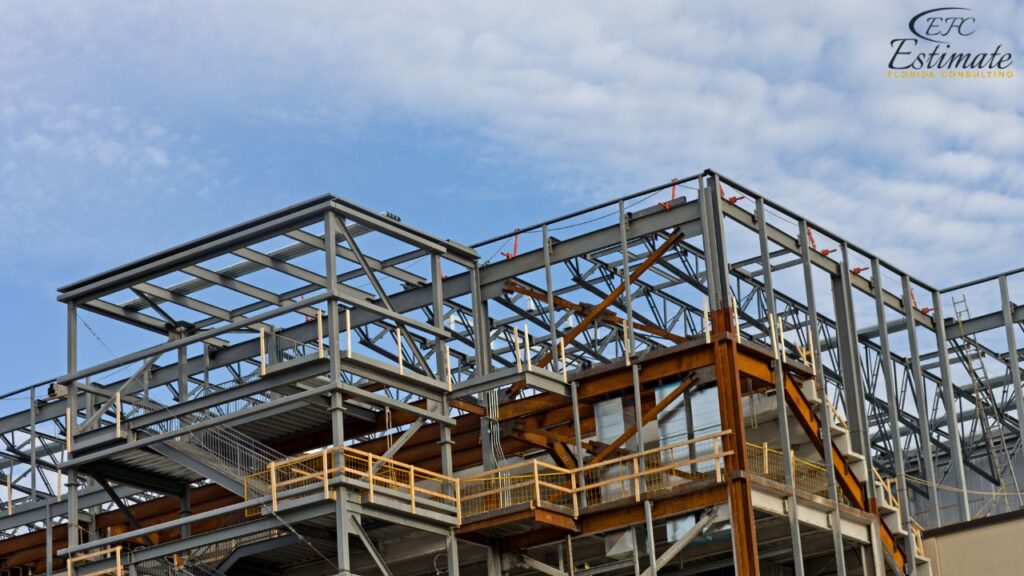
Site Improvements
Site improvements include landscaping, paving, and any other enhancements to the exterior of the building. These improvements can enhance the appearance and functionality of the site. Quality landscaping can significantly improve the aesthetic appeal of your property, making it more inviting and increasing its value. Properly designed and executed site improvements can also enhance the usability of outdoor spaces, providing areas for recreation, relaxation, and efficient operations. Investing in site improvements can create a more pleasant environment for occupants and visitors. Additionally, incorporating sustainable landscaping practices can reduce maintenance costs and environmental impact. Site improvements can also include features such as outdoor lighting, signage, and security systems, further enhancing the site’s functionality and safety.
Miscellaneous Expenses
Miscellaneous expenses can include unexpected costs that arise during the project, such as additional materials, equipment rentals, or unforeseen repairs. Having a contingency budget for these expenses helps ensure that the project stays on track and can handle any surprises without significant delays or cost overruns. Planning for contingencies provides financial flexibility and peace of mind. Including a contingency budget demonstrates thorough planning and risk management, which can instill confidence in stakeholders and financial backers. Contingency planning also allows for quicker response to unexpected issues, minimizing project delays. Properly managing miscellaneous expenses ensures the project remains within budget and on schedule, even when facing unforeseen challenges.
Factors Influencing the Cost of a 30x40 Metal Building
Customization Options
The level of customization chosen for the building can significantly impact the cost. Custom features such as specialized doors, unique roof designs, and personalized interior finishes can increase the overall price. However, these features can also add significant value and functionality to the building, making it worth the investment. Customization allows you to tailor the building to your specific needs, enhancing its usability and appeal. Investing in unique design elements can also differentiate your building from standard constructions, potentially increasing its market value. High-quality custom features can improve the building’s performance, durability, and aesthetic appeal.
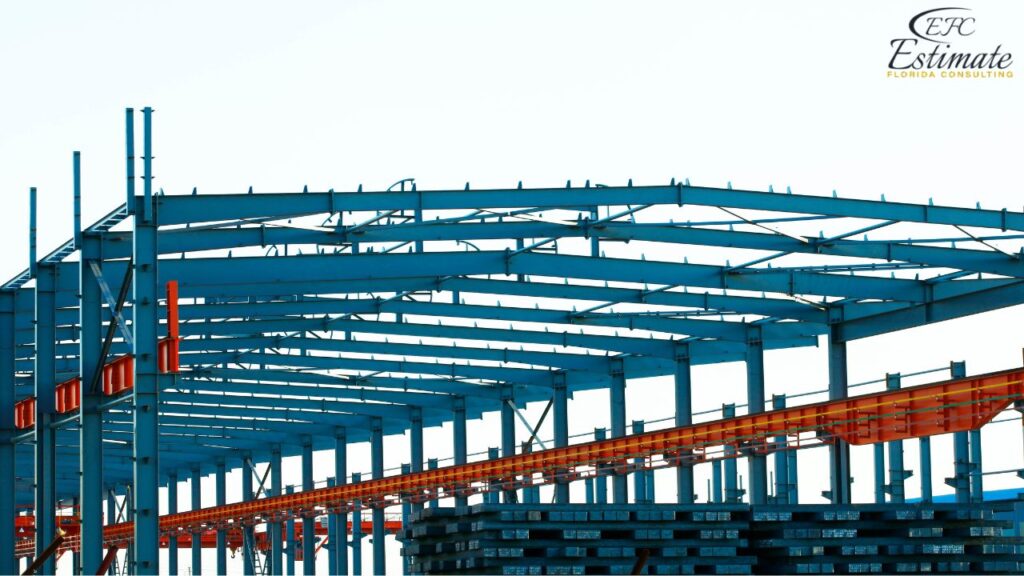
Building Site
The location and condition of the building site can affect costs due to varying land prices, labor rates, and local building codes. Urban areas typically have higher costs compared to rural locations. Additionally, proximity to suppliers and transportation networks can influence logistical costs and operational efficiency. Selecting an optimal location can balance cost and operational needs. The site’s geographic and environmental conditions can also affect construction methods and materials, further impacting costs. Conducting thorough site assessments and planning can mitigate potential challenges and optimize construction efficiency. Site selection should consider factors such as accessibility, utility availability, and potential environmental hazards.
Market Conditions
Market conditions, including the availability of materials and labor, can influence costs. Fluctuations in material prices and labor availability can cause costs to vary. Monitoring market trends and securing contracts early can help lock in prices and avoid unexpected cost escalations. Staying informed about market conditions can aid in strategic planning and budgeting. Economic factors such as inflation, supply chain disruptions, and demand fluctuations can also impact overall project costs and timelines. Engaging with reliable suppliers and contractors can help mitigate the impact of market volatility. Developing strong relationships with suppliers and contractors can lead to better pricing, quality, and service.
Regulatory Requirements
Regulatory requirements and building codes vary by location and can affect construction costs. Compliance with local regulations, permits, and inspections is essential for legal and safety reasons. Understanding these requirements early in the planning process can help avoid delays and additional expenses. Proper documentation and approval processes ensure the building meets all safety and quality standards, providing peace of mind and preventing costly fines or delays. Collaborating with experienced professionals familiar with local regulations can streamline the compliance process. Ensuring all regulatory requirements are met can prevent legal complications and enhance project credibility. Staying updated on changes in regulations can help avoid future compliance issues and associated costs.
Detailed Cost Comparison
Material Quality
The quality of materials used for construction can affect both the initial cost and the long-term performance of the building. Higher-quality materials tend to be more durable and reliable but come with a higher price tag.
Material Quality | Estimated Cost per Sq Ft (in dollars) | Total Cost for 1,200 Sq Ft (in dollars) |
Basic | $23 | $27,600 |
Mid-Range | $36 | $43,200 |
High-End | $49 | $58,800 |
Labor Complexity
The complexity of the construction job can influence labor costs. More complex installations, such as those involving specialized systems or extensive interior finishes, will require more time and expertise.
Labor Complexity | Estimated Cost per Sq Ft (in dollars) | Total Cost for 1,200 Sq Ft (in dollars) |
Basic | $34 | $40,800 |
Mid-Range | $51.50 | $61,800 |
High-End | $69 | $82,800 |
Additional Features
Adding additional features to the building, such as advanced security systems, climate control, or enhanced lighting, can increase the overall cost but provide enhanced functionality and convenience.
Feature | Estimated Cost (in dollars) |
Advanced Security Systems | $3,000 – $6,000 |
Climate Control Systems | $4,000 – $8,000 |
Enhanced Lighting | $2,000 – $4,000 |
Cost-Saving Tips
Plan Ahead
Planning the construction project early can help identify potential issues and reduce costs. Consider future needs and include features that can accommodate growth and changes in operations. Early planning allows for more efficient project management and resource allocation. Engaging with professionals early in the planning process can ensure all aspects are considered, leading to a more streamlined and cost-effective project. Comprehensive planning can also identify opportunities for cost-saving measures and efficiency improvements. Early engagement with suppliers and contractors can secure better pricing and availability.
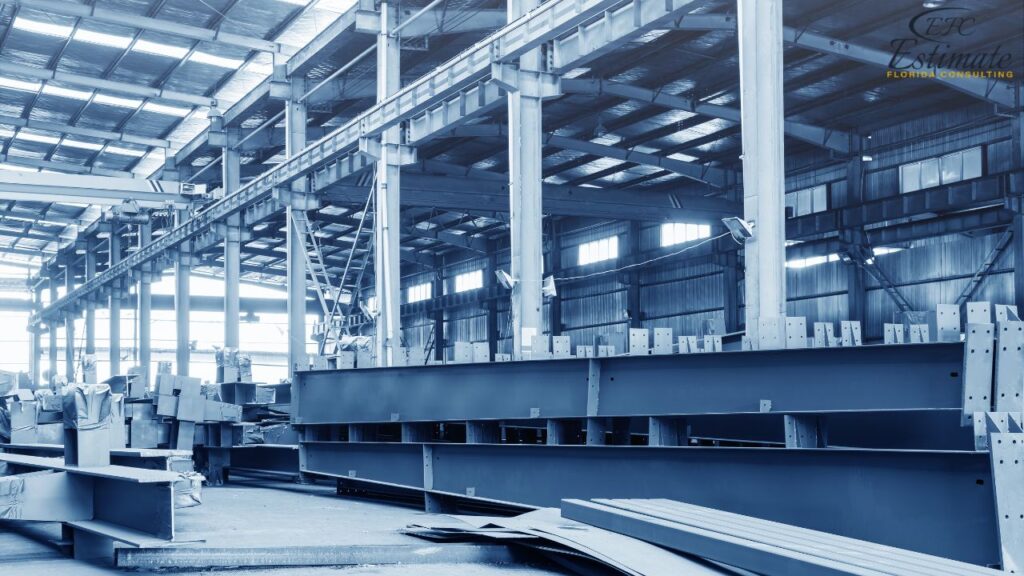
Get Multiple Quotes
Obtain multiple quotes from contractors to compare prices and services. This can help you find the best deal and ensure that you’re getting quality work at a competitive price. Additionally, checking references and reviewing past projects can provide insights into the contractor’s reliability and workmanship. Competitive bidding can encourage better pricing and service offerings, enhancing overall project value. Building strong relationships with contractors can also lead to better terms and potential discounts. Negotiating with contractors based on multiple quotes can also result in cost savings.
Use Standard Designs
Opt for standard designs and materials instead of custom or high-end options. Standard designs are often more affordable and readily available, helping to reduce overall costs. Using pre-engineered building designs can also streamline the construction process and reduce costs. Standardized designs can simplify permitting and regulatory compliance, reducing the time and cost associated with approval processes. Additionally, standard designs often benefit from established supply chains and proven construction methods, further enhancing efficiency and cost savings. Choosing standard design options can also speed up the construction timeline.
Download Template For Metal Building Project Breakdown
- Materials list updated to the zip code
- Fast delivery
- Data base of general contractors and sub-contractors
- Local estimators
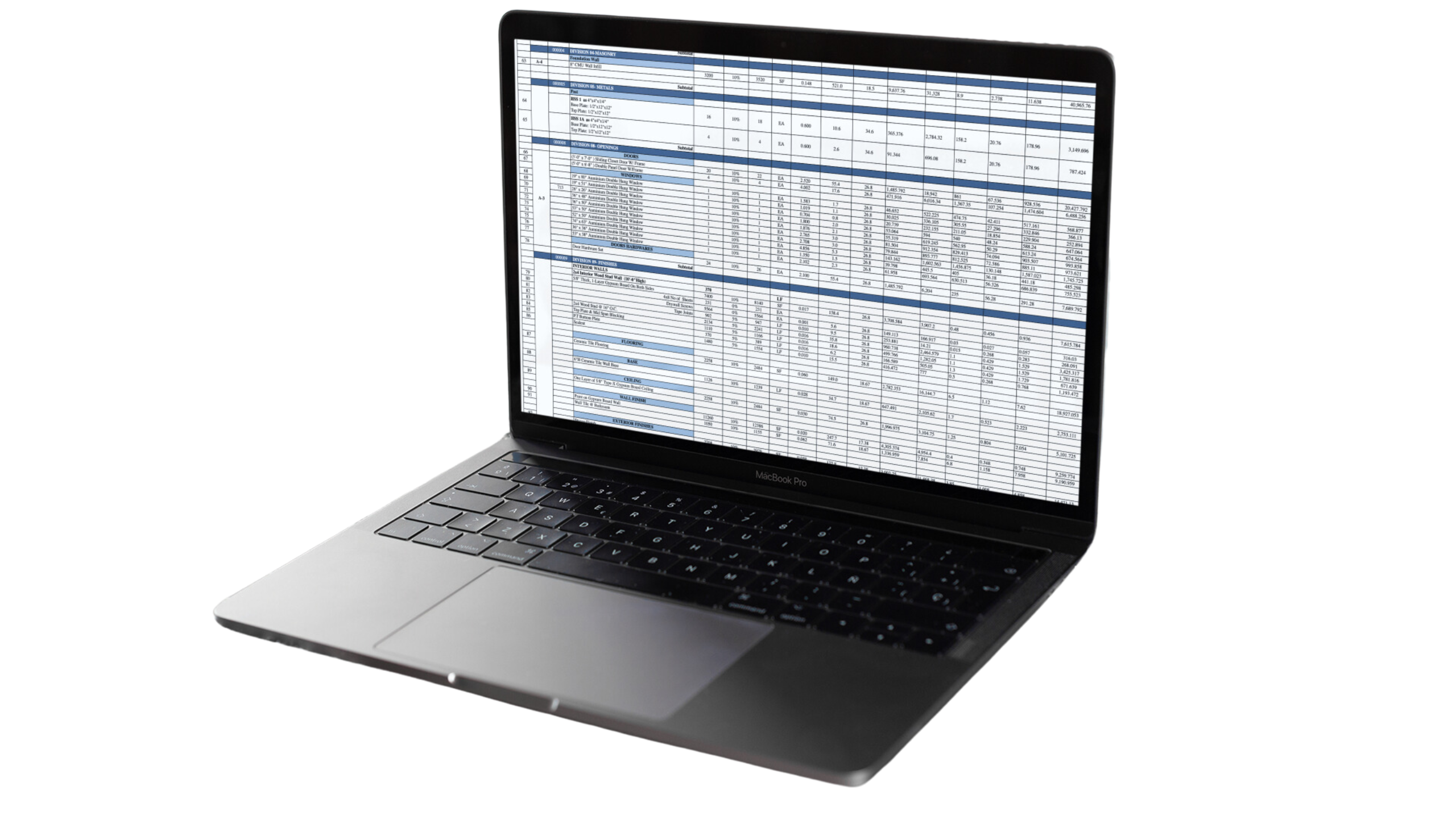
Perform Some Tasks In-House
If you have the expertise and resources, consider performing some tasks in-house, such as site preparation or interior finishing. This can save on labor costs and provide more control over the project. However, it’s important to ensure that all work meets safety and quality standards. Leveraging in-house capabilities can also enhance project flexibility and responsiveness, allowing for efficient management of resources and timelines. Performing tasks in-house can also build internal skills and knowledge, benefiting future projects and maintenance needs. Careful planning and coordination can ensure that in-house tasks are completed efficiently and effectively.
Plan for Contingencies
Include a contingency budget of 10-20% to cover unexpected expenses. This ensures that you are prepared for any unforeseen issues that may arise during the project. Planning for contingencies can provide peace of mind and financial flexibility, allowing you to address any surprises without derailing your budget. A well-planned contingency budget can enhance project resilience and ensure successful completion despite unforeseen challenges. Being prepared for unexpected costs demonstrates thorough planning and risk management, which can instill confidence in stakeholders and financial backers. Contingency planning also allows for quicker response to unexpected issues, minimizing project delays. Properly managing contingency funds ensures that the project remains on track even when facing unforeseen challenges.
Conclusion
Building a 30×40 metal building with a concrete slab is a significant investment that requires careful planning and budgeting. By understanding the various costs involved and the factors that influence these costs, you can make informed decisions and ensure the success of your building project. Investing in high-quality materials, working with experienced professionals, and planning for contingencies can ensure a successful and cost-effective construction process. Properly managing the project not only ensures compliance with safety standards but also maximizes the long-term benefits of the investment. Taking a proactive approach to project management and budgeting can lead to a successful outcome, providing a functional, efficient, and valuable asset that supports your specific needs and goals for years to come. By considering all aspects of the construction process and leveraging best practices in project planning and execution, you can achieve a high-quality building that meets your expectations and delivers significant return on investment. Comprehensive planning and execution will help you navigate challenges, optimize resources, and achieve a building that enhances your operational efficiency and meets all regulatory and safety requirements. With the right approach, you can create a metal building that serves your needs and provides long-term value, ensuring that your investment pays off in the years ahead.
FAQs
The estimated cost ranges from $89,400 to $183,600, translating to $75 to $153 per square foot.
Key factors include location, design complexity, material quality, and local labor rates.
Material costs for a 30×40 metal building include:
- Metal Building Kit: $18,000 – $36,000
- Concrete Slab: $7,200 – $14,400
- Insulation: $1,200 – $2,400
- Doors and Windows: $1,200 – $6,000
Labor costs for building a 30×40 metal building vary from $37,200 to $76,800, covering site preparation, concrete slab installation, steel erection, roofing installation, siding installation, doors and windows installation, electrical and plumbing, insulation installation, and interior finishing.
Additional costs include permits, utilities, and site improvements, which can add $21,000 to $42,000 to the total cost.
Customization options such as specialized doors, unique roof designs, and personalized interior finishes can significantly increase the overall cost but add value and functionality.
The location and condition of the building site affect costs due to varying land prices, labor rates, and local building codes. Urban areas typically have higher costs compared to rural locations.
Fluctuations in material prices and labor availability can impact costs. Securing contracts early and staying informed about market trends can help manage these fluctuations.
Site conditions, including soil quality, drainage, and accessibility, can influence costs. Extensive site preparation, such as grading or soil stabilization, can add to the expense.
To save on costs, plan ahead, get multiple quotes from contractors, use standard designs, perform some tasks in-house, and include a contingency budget for unexpected expenses.
Metal buildings offer durability, strength, versatility, quick construction, energy efficiency, and low maintenance, making them a cost-effective and practical investment.
Thorough planning and budgeting for unforeseen expenses, investing in high-quality materials, and working with experienced professionals can help ensure the project stays within the estimated cost range.
Google Reviews

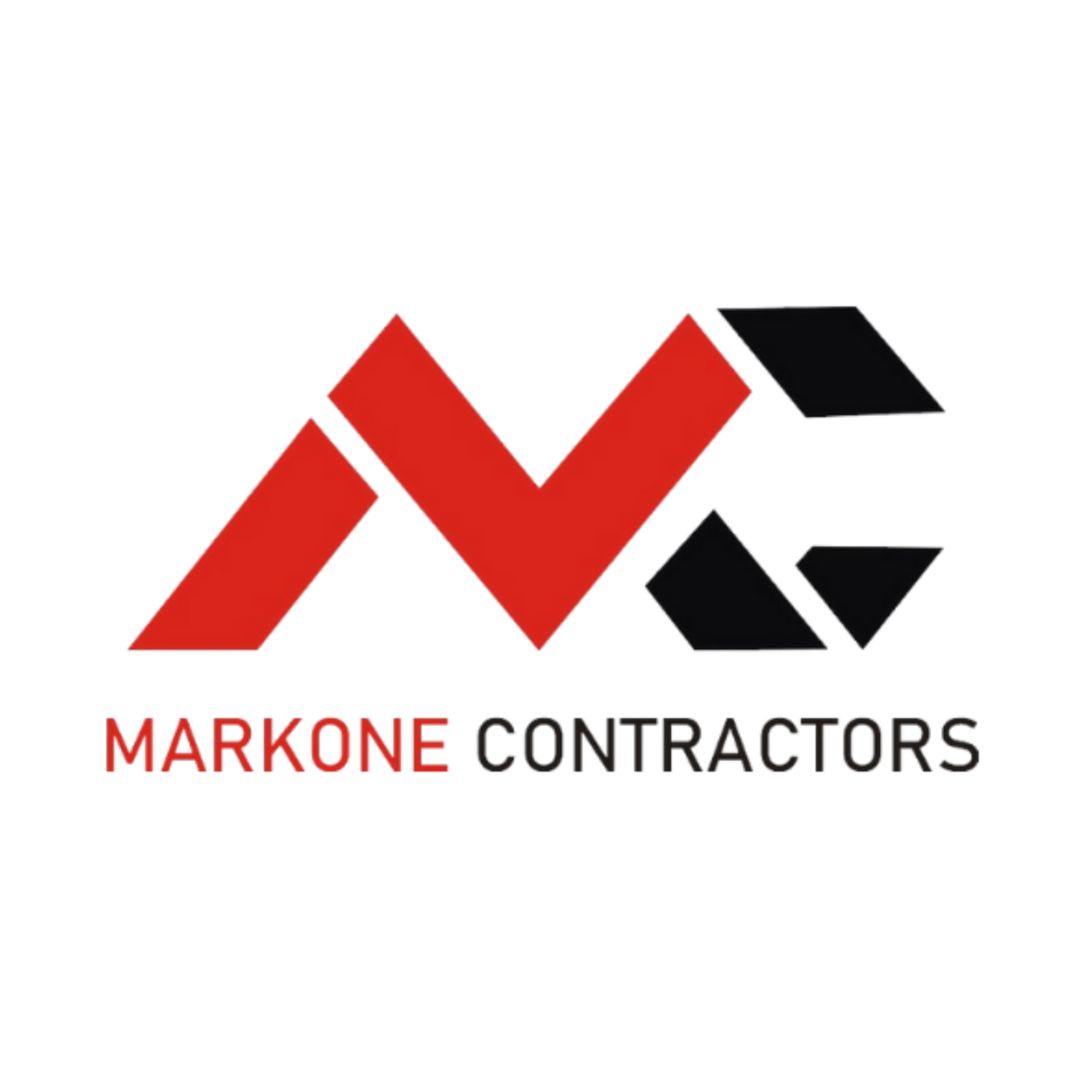
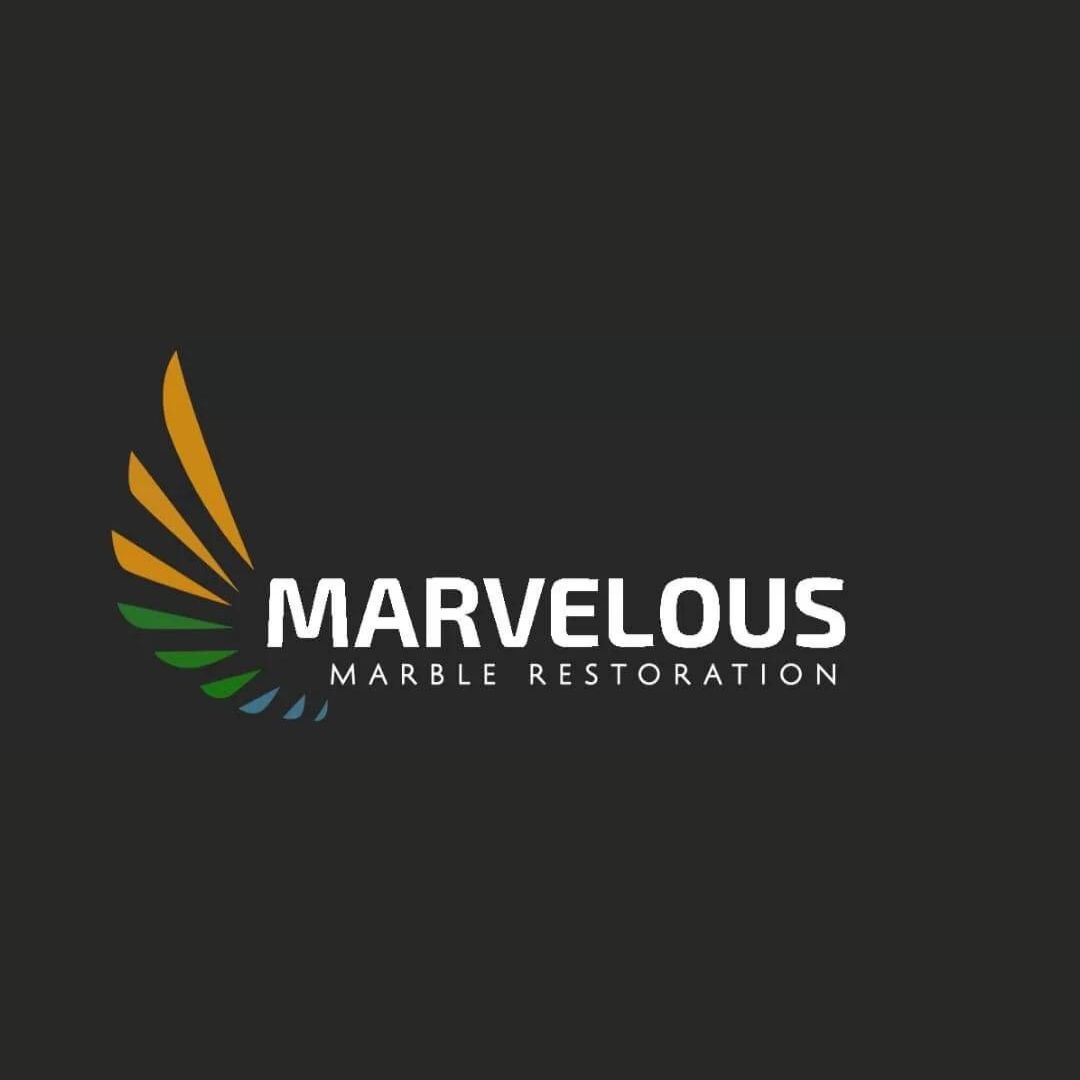
Process To Get Metal Building Cost Estimate Report
Here I am going to share some steps to get metal building cost estimate report.
-
You need to send your plan to us.
You can send us your plan on info@estimatorflorida.com
-
You receive a quote for your project.
Before starting your project, we send you a quote for your service. That quote will have detailed information about your project. Here you will get information about the size, difficulty, complexity and bid date when determining pricing.
-
Get Estimate Report
Our team will takeoff and estimate your project. When we deliver you’ll receive a PDF and an Excel file of your estimate. We can also offer construction lead generation services for the jobs you’d like to pursue further.

